One of the most fascinating places I have ever visited. Immersed in a mystery on which, to this day, historians do not agree. The story of a population that arrived on an uninhabited island around the 13th century –according to the latest radioactive carbon studies in different parts of the island-, and remained isolated for more than five centuries, while sculpting enormous anthropomorphic sculptures known as moais.
What is the purpose of the moai? If there were no hardwood trees on the island to build complex construction tools, how did they move the moai from the quarry to their final location, often miles away? Why would a people neglect their basic livelihood needs to concentrate on erecting these impressive effigies?
What’s the point of starving and conflict (and thus sacrificing one’s future) to worship the vestiges of the past?
Well, actually, it doesn’t matter when or where you ask that question. The latter question could be asked in reference to a few more civilizations.
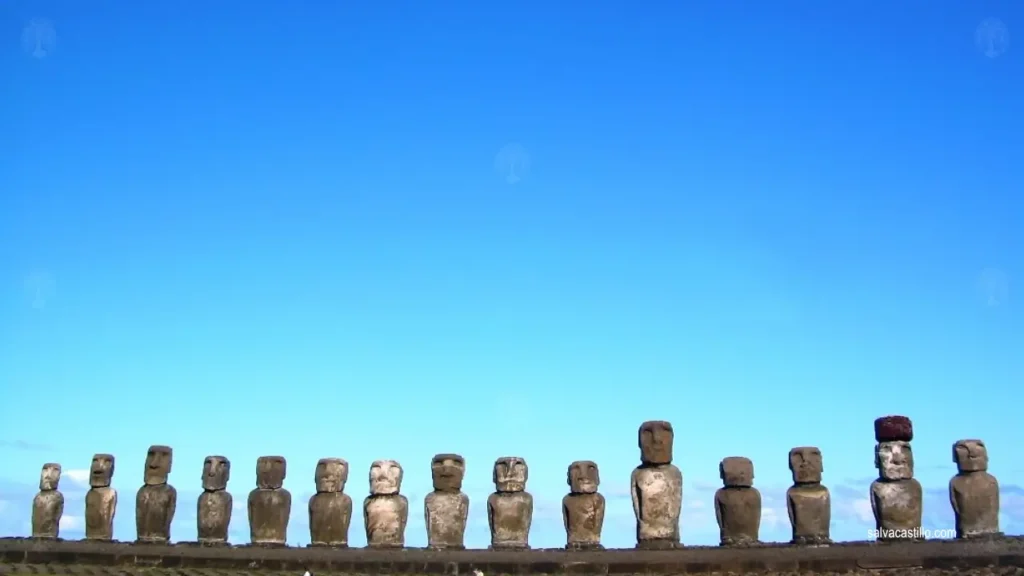
Te Pito O Te Henua, Easter Island or Rapa Nui
Rapa Nui is located in the middle of the Pacific Ocean, so far from everywhere that is in the middle of nowhere. Although it is politically part of Chile, South America, it physically belongs to the continent of Oceania, as it is the last of the Polynesian Island chain.
The distance to the coast of Chile is greater than the distance between Cordoba and Moscow. It enjoys a mild tropical climate all year round.
Being such an isolated place defines Rapa Nui. Its history has been transmitted orally between generations, and there is no unanimous agreement as to when it was first populated. Lately it is accepted that Hotu Matu’a (the first Ariki or king) arrived around 1200 AD in canoes with his family and entourage. By the 18th century, the first European explorers arrived and began to document the customs and rites of the local population, such as the Tangata Manu or Birdman ritual, as well as the moais and ahus distributed around the island.

In March 2007 I was working for a couple of weeks in Santiago de Chile on a technology project. During that stay, I had already visited the Pacific coast (Valparaíso and Viña del Mar), and I had liked it very much. In a casual conversation, I learned that Rapa Nui could only be reached either by boat (once a month a ship traveled from Santiago with supplies and heavy cargo for the island (cars, construction material, etc.) or by plane on the Santiago de Chile – Tahiti line and stopped in Rapa Nui, with a frequency of twice a week.
Unexpectedly I found an exceptional opportunity to visit a unique place in the world and, although I had nothing prepared, I requested by phone a week’s vacation, rescheduled the return ticket Santiago-Madrid and bought a ticket to Rapa Nui without even having a place to stay. I was informed that most of the natives, besides the Rapa Nui language, spoke Spanish. I could manage.
The eucalyptus trees
Being such an isolated point in the middle of the Pacific Ocean, the island became a stopover for sailors traveling between South America and Oceania. The native flora did not have hardwood trees with which to repair the ships, so the sailors introduced a foreign species of tree to the island to provide the necessary wood: the eucalyptus.

\This tree has very particular properties: in addition to reaching a large size and providing dense and strong wood, its sap also acidifies the soil in which it grows and extracts many nutrients from the substrate. Therefore, wherever it is planted, it progressively displaces the native fauna until it establishes itself as the dominant species (in Spain, for example, forestry interventions have been carried out in some areas to eliminate eucalyptus and reintroduce native trees to re-establish the original balance).

Also, something that I did not know until that trip and that was going to be crucial in the following days, eucalyptus trees have the amazing property that light fires do not endanger them, but only affect the surface layers of the trunk, which subsequently fall and let the tree grow stronger. And since fire does eliminate shrubs and foliage that compete with the eucalyptus for nutrients in the soil, as long as the fires are light, they generally benefit the tree. The more you see.
Hanga Roa
The only urban nucleus is called Hanga Roa, with a stable population of about 7500 inhabitants (equivalent to a small/medium neighborhood of buildings). Beyond the city limits there are several farms isolated from each other, but never too far away. 99% of the population of Rapa Nui lives in a coastal strip of 3 or 4 kms to the west of the island. The rest of the island is practically uninhabited.
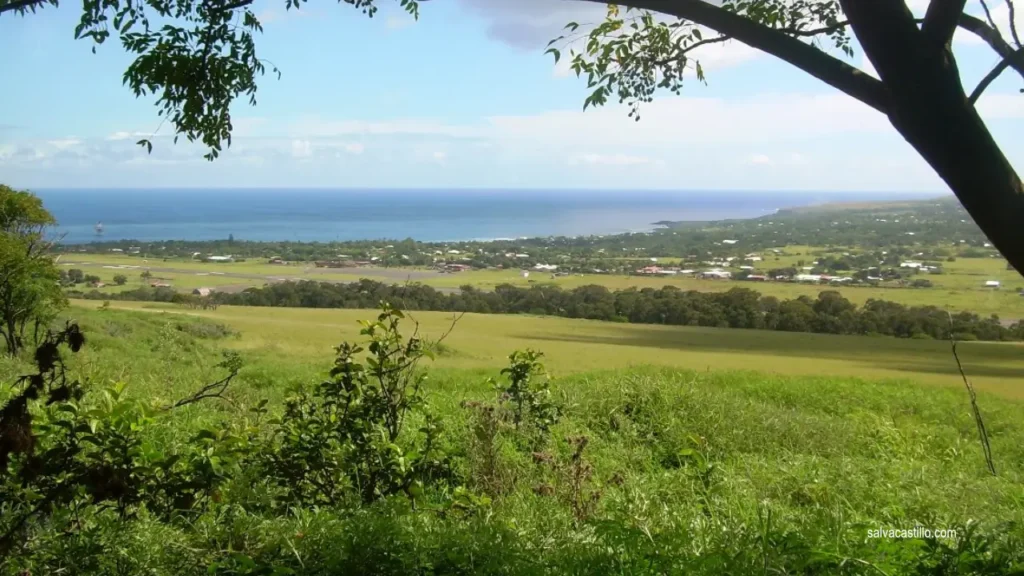
A large number of the constructions are made of wood, sheet metal and uralite. According to what the owner of the lodge where I stayed during my stay -Chez Joseph- told me, there really was a before and after on the island with respect to the filming of the movie Rapa Nui (1994), produced by Kevin Costner. A luxury hotel was built to house the film crew, and several properties were rebuilt as tourist accommodations. After the movie, tourism increased dramatically, also causing waste management and supply problems, so some non-tourist natives were not very happy with the change.

In general, the natives I interacted with were always very friendly and hospitable. I also remember someone playing the role of a tribal warrior who was not so friendly. The owner of the lodge also told me -I do not know to what extent it is true- that the Rapa Nui all know each other and have a unique book in which they write down the births and deaths of each Rapa Nui, as well as where they are living in case they have emigrated. They are a very small but close-knit community.
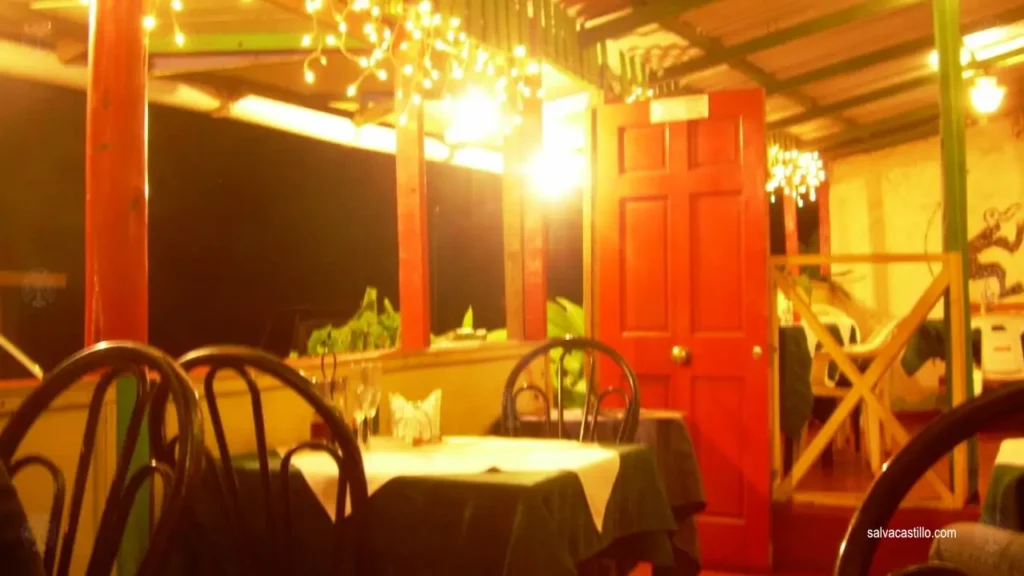
I remember that I struck up a conversation with a man in a souvenir store, and when I told him that I lived in Spain, he asked me if I knew -insert here whatever Rapa Nui name-, who also lived in Spain, and wanted to send him greetings. I answered him that I lived in Madrid, and that I did not know any native of Easter Island. He told me that, if I met him, I would recognize him, because all the Rapa Nui look very similar to each other. He was completely serious. He was probably pulling my leg, because even if you were born and raised in a village of 7000 people, there were televisions. But the guy looked at me undaunted while I explained that Spain was very big. He looked as if he didn’t give a damn, I mean, from that moment on, how to find his relative was my problem.
Rapa Nui has a special administrative status within Chile. This derives in a kind of self-government where the possession of the island is divided among the members of the tribe, and therefore the land is parceled -imaginally, I must say, except for the farms that surround Hanga Roa, which do have fences and gates. However, passage is free throughout the island outside the population center.
Shortage of supplies leads to some very unique vehicles

In Hanga Roa the public beach is not very big and has rocks. Even so, water sports are practiced. The fishermen’s movement is also constant.
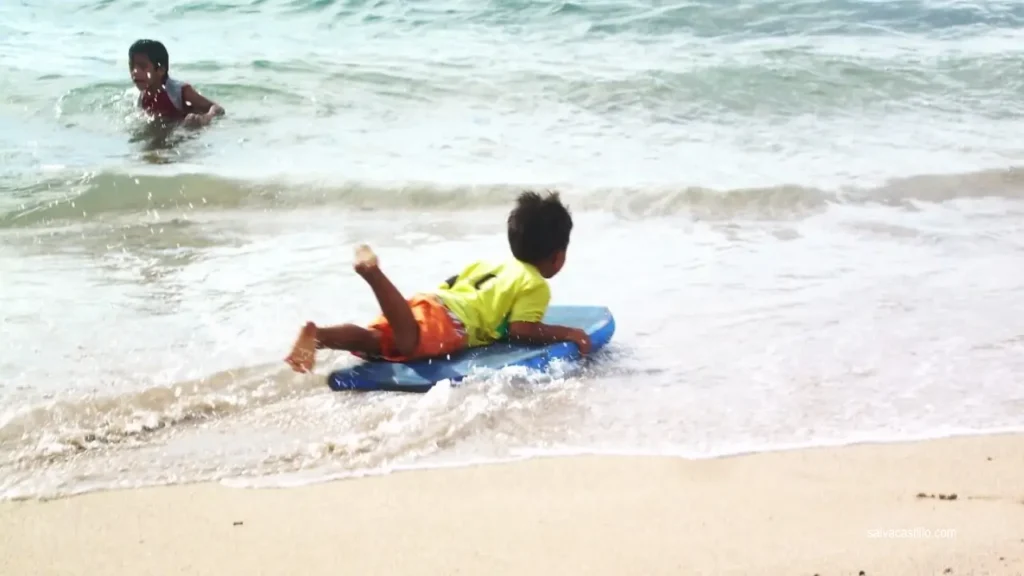

Natural environment
In addition to the aforementioned eucalyptus trees, there are also coconut and other smaller trees, as well as medium-sized shrubs that populate the island. There is a low grass (10 or 20 cms) all over the island, which gives shelter to various types of reptiles.

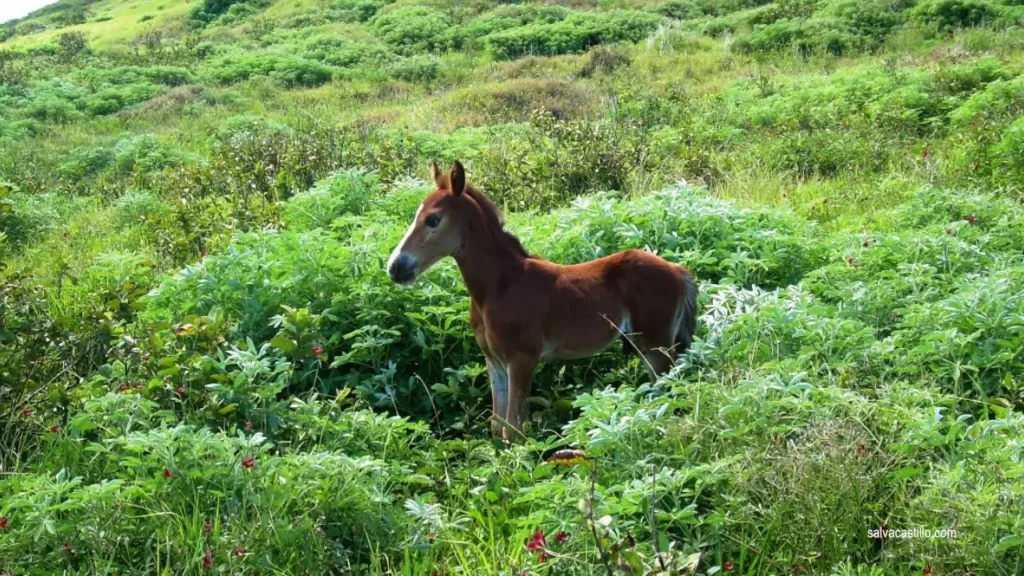
There are some birds of prey and seabirds – which are part of the Birdman ritual. And horses. There are a few herds of horses on the loose. There is a large expanse overflowing with grass and forage but not a sufficient number of animals feeding on it.
Probably because of its volcanic origin, there are areas with magnetic distortions, and rocks with a strong magnetic attraction can be found. The most famous magnetic rock is called Te Pito Kura.


The coast is abrupt and its surface is extremely abrasive. During my stay, the swell was really rough in the southern part of the island.
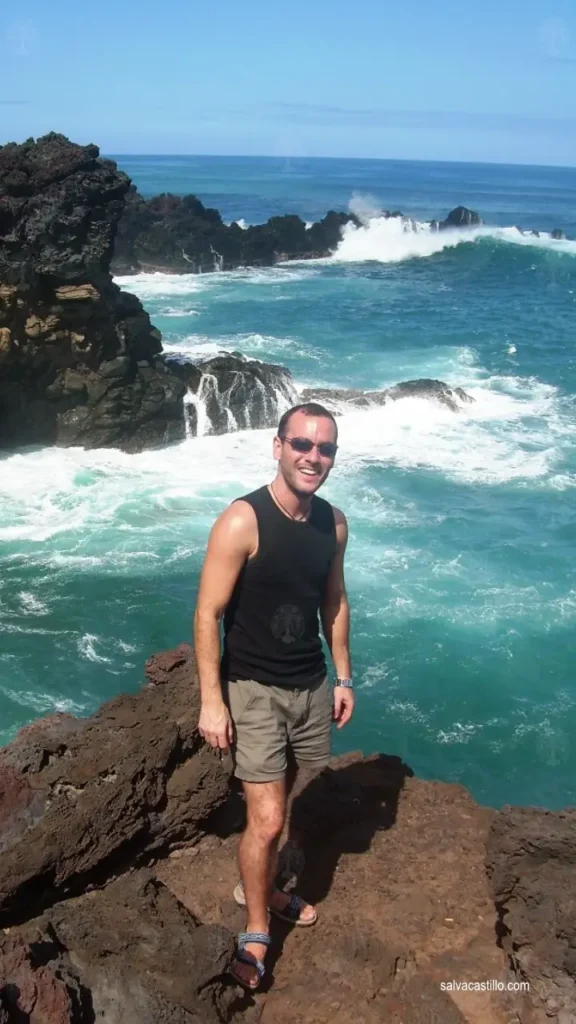

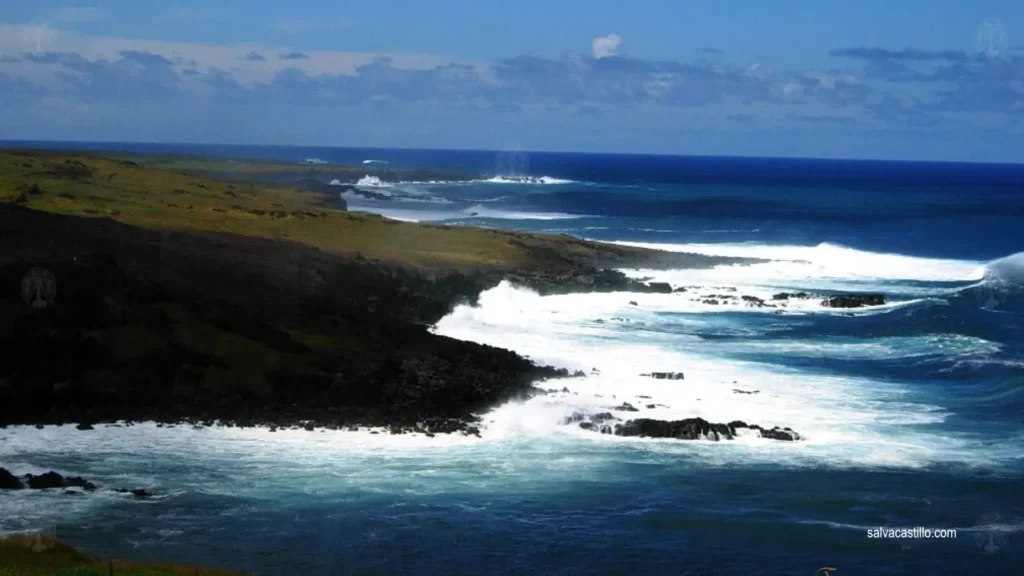
There is a single dirt road that runs around the island in an ellipse, close to the coastline. It is not a complete circumvallation of the island as part of the eastern part, which corresponds to the Puakatiki volcano, is outside the ellipse. The island, triangular in shape, is only 24 km long on its longest side, so you can rent a bicycle or a horse to get around. I opted to rent an all-terrain vehicle to optimize my time on the island. I don’t exactly know how to ride a horse either.

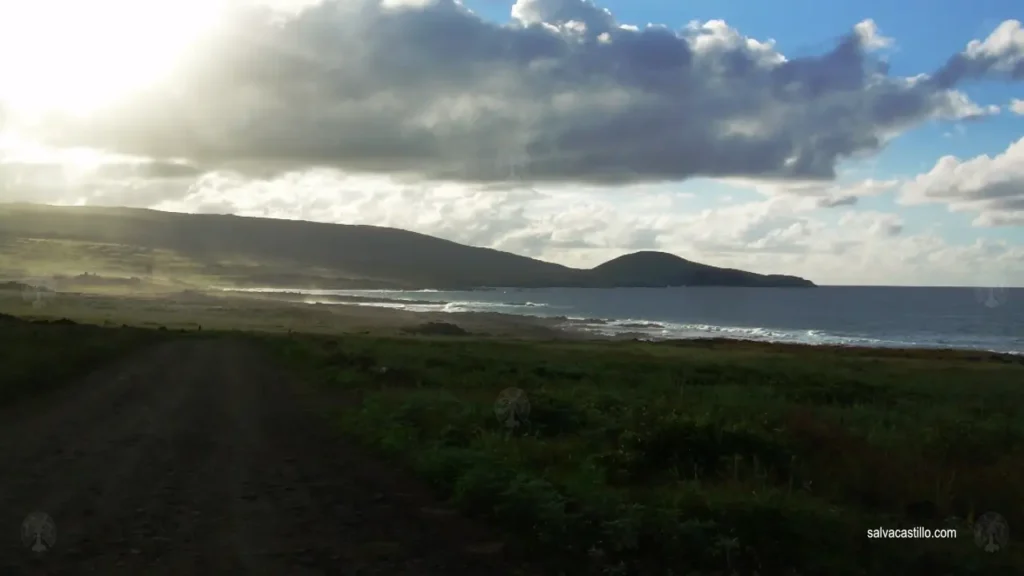
Anakena beach
Anakena beach is a white sand and coral beach located northeast of the island. It has a transparent water and without much surf as it is sheltered by a small bay.

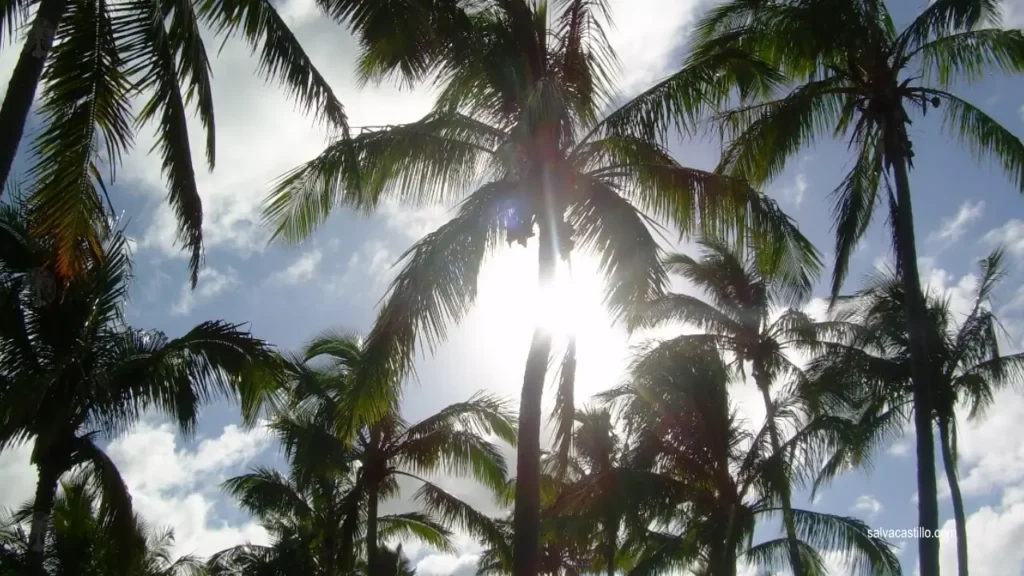
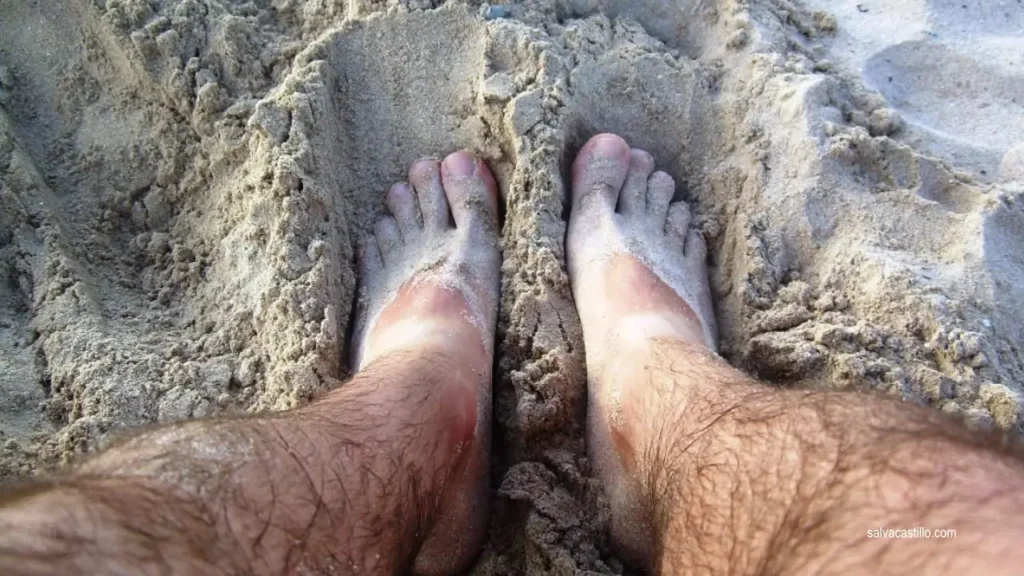
Oral tradition indicates that it was on this beach where Hotu Matu’a, the first Ariki or king of the island who arrived with the first explorers, settled. The people lived scattered around the island organized in various clans.
Volcanic origins
The island is of volcanic origin, and at the three vertices of its triangular shape are three main volcanoes:
- The Maunga Terevaka, located to the north, being the highest with a height of 511 meters.
- The Puakatiki, located to the east.
- The Rano Kau, located to the southwest.


The Rano Kau volcano has a huge crater, with a very vertical slope, and its bottom is full of water. It is a very important element in the Rapa Nui culture. At its summit is the ceremonial village of Orongo, where the Birdman rite was celebrated.

Western culture
Being an island that historically was under the dominion of Spanish American nations, there was a rich exchange of culture and goods between visitors and visitors. Among many other positive things, as a legacy on the part of the visitors we could highlight:
- Their 19th century cultivation techniques – currently in disuse in most of the developed world for being counterproductive in balanced ecosystems – such as the massive burning of stubble to “clean the field”.
- Their cosmological vision of the universe, engendering a mixture of ancestral indigenous rituals with Christian rites and giving rise to very particular religious altars. They adopted the Christian symbols of the cross and the virgin, but kept zoomorphic references and the Birdman.


In this exchange, for their part, the inhabitants of Rapa Nui:
- They devoted much effort, resources and time to sculpting the Hoa Hakananai’a moai, which was later surreptitiously removed by the British in 1868 and is now on display in the British Museum in London.
- They fathered and bred a multitude of spirited and healthy young, who were subsequently abducted and sold in other parts of the world.
Different nations took possession of the island over the centuries, and the regents brought diseases that decimated the population, which lacked immune defenses due to centuries of isolation.
So the Rapa Nui, reasonably, have not traditionally been very friendly to the white man.